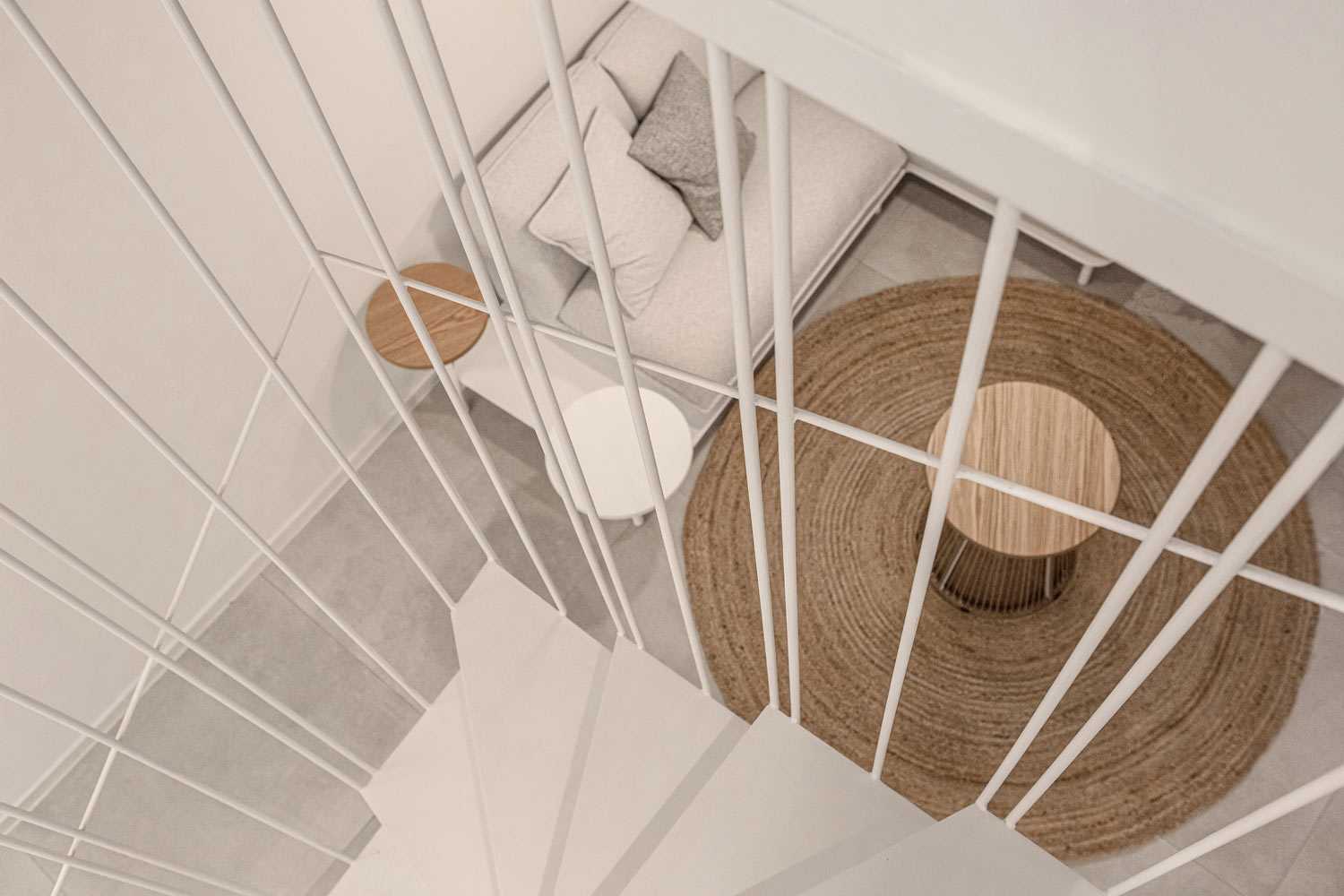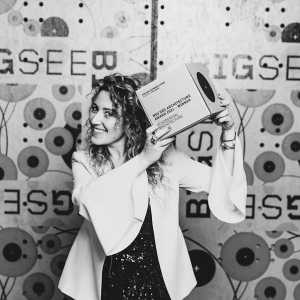

Eliminate the superfluous
For the Designer Chiara Armando, specialized in home renovation projects, focusing on the essential is a fundamental principle in design, aiming to give value to what is created by eliminating the superfluous. Today, this concept can also be interpreted from the perspective of ethical and social responsibility towards our planet, promoting a sustainable approach.

























